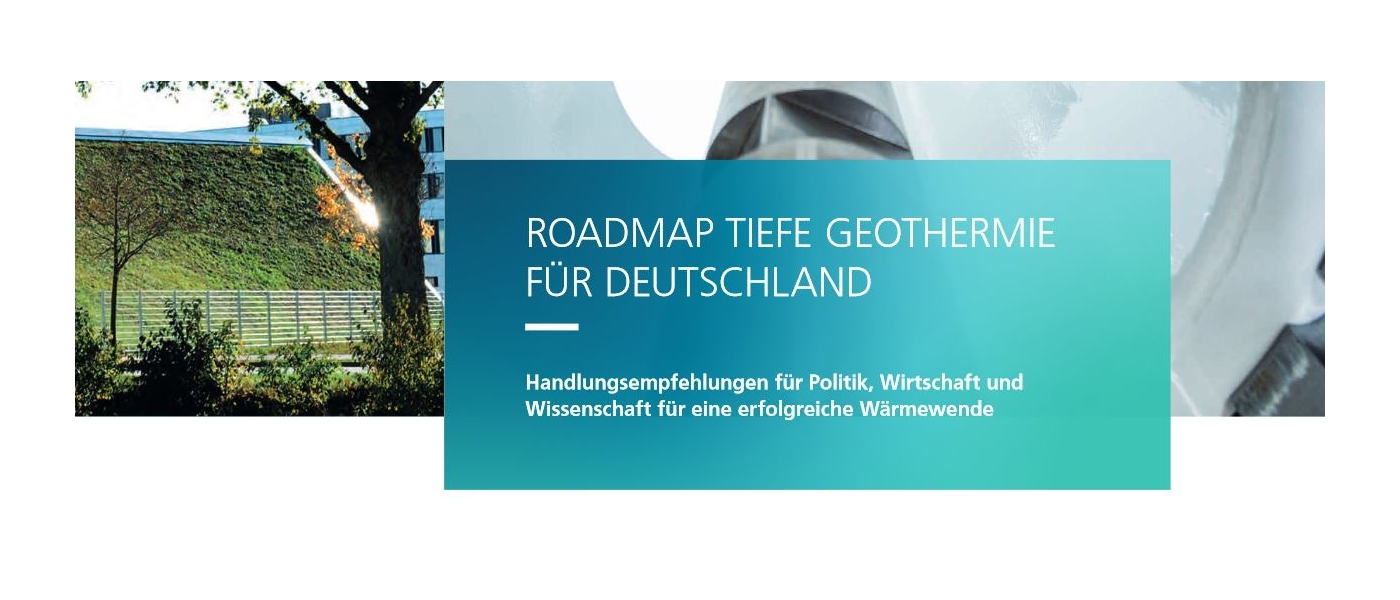More than a quarter of the annual heat demand could be generated by the technology in the future, according to a joint roadmap by the Fraunhofer-Gesellschaft and the Helmholtz Association. Drilling has been underway in Hamburg-Wilhelmsburg since January 2022.
The roadmap gives recommendations for action on how a potential of about 300 terawatt hours, about a quarter of the total demand, per year can be tapped as quickly as possible. The focus is on the combination of hydrothermal geothermal energy with depths between 400 and 5,000 metres and temperatures between 15 °C and 180 °C, with large heat pumps and their integration into heat grids.
The paper formulates five recommendations for the expansion of deep geothermal energy:
- Clear political expansion targets must be formulated and supported by legislation and simplified processes, for example for land identification.
- The discovery risk of geophysical investigations should be reduced through an exploration programme, and other funding instruments such as federal funding for efficient heat grids should be increased.
- Investments in key technologies such as drilling and reservoir technologies or the development of large-scale heat storage should be made on a large industrial scale.
- In order to attract the skilled workers needed for the expansion, education policy measures such as training and further education programmes should be created. For each megawatt of installed capacity, 5-10 jobs can be expected along the value chain.
- Public acceptance must be achieved, especially at the municipal level, through targeted communication and opportunities for local interest groups to participate.
The necessity of expanding renewable energies becomes clear by taking a look at the current situation: only 15 % of the German heating sector, which accounts for more than half of the energy demand, is covered by renewables so far. The advantage of geothermal energy is also that it can supply heat all year round, depending on the weather. In 2020, 42 geothermal plants supplied 359 megawatts of heat.
Another project has been under implementation in Hamburg-Wilhelmsburg since January 2022. As part of the “Integrated Heat Turnaround Wilhelmsburg” real laboratory, a geothermal plant with a depth of 3,500 metres and an output of 10 MW is being built. This will be able to supply 5,000 households with green heat and save around 7,000 tonnes of CO2 annually. Power-to-heat plants for the use of renewable electricity, heat pumps and a seasonal aquifer storage are also planned. The 70-million-euro investment is being funded by the Federal Ministry of Economics and Technology with about 22.5 million euros as part of the 7th Energy Research Programme. The reallabs are pursuing three sub-projects: geothermal use of the underground, system integration and the development of solutions for an integrated heat market.
Text: Solites
Photo: Fraunhofer/Helmholtz
Sources:
www.solarserver.de/Tiefengeothermie in Deutschland
www.fraunhofer.de/Roadmap
www.energie-und-management.de/Hamburg-Wilhelmsburg

